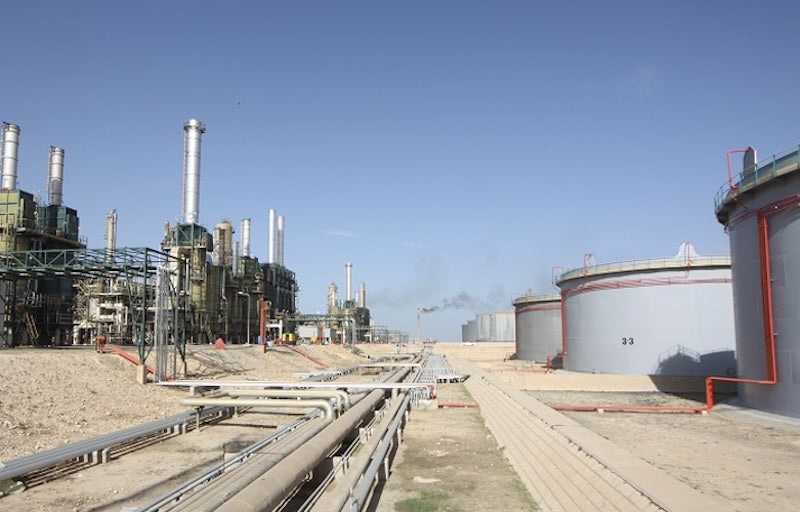KEY POINTS
- Libya’s Sharara oil field hits 310,970 barrels per day, the highest level since 2018, signaling a recovery in output.
- Akakus Oil Operations, backed by global majors, attributes the surge to improved coordination and stability in southern Libya.
- Analysts caution that ongoing political fragility could still jeopardize sustained oil production gains.
Libya’s Sharara oil field, the largest in the country, has surged to a production peak not seen since 2018, marking a significant milestone for the North African nation’s energy sector.
Daily output at the southwestern site has climbed to 310,970 barrels, a level last recorded before years of civil conflict and insecurity disrupted operations.
Akakus Oil Operations, a joint venture between Libya’s National Oil Corporation (NOC) and international majors such as Spain’s Repsol, France’s TotalEnergies, Austria’s OMV, and Norway’s Equinor, announced the new production figures in a social media post on Sunday.
The Sharara field, located near the Algerian border in the remote town of Ubari, plays a critical role in Libya’s oil economy and its potential recovery.
The field has faced years of interruptions due to political instability, blockades by armed groups, and outdated infrastructure.
But in recent months, improving coordination between the central government and regional actors appears to have brought a temporary sense of order—at least long enough to allow oil to flow.
Foreign partnerships underpin revival efforts
The surge in Sharara’s production is partly due to renewed commitments by foreign oil companies, who have cautiously returned to Libya under the promise of improved security conditions and regulatory reforms. While the long-term sustainability of these gains remains uncertain, the new high underscores the country’s unrealized capacity in the global energy market.
Officials at NOC are hailing the achievement as a major breakthrough, especially at a time when oil-exporting countries are jockeying for influence and market share amid volatile global demand. Libya, which holds Africa’s largest proven crude reserves, has struggled to capitalize on its resources due to chronic unrest since the fall of Muammar Gaddafi in 2011.
While output is far from Libya’s theoretical capacity of 1.6 million barrels per day, the upswing at Sharara could pave the way for broader production increases—provided the fragile political balance holds.



